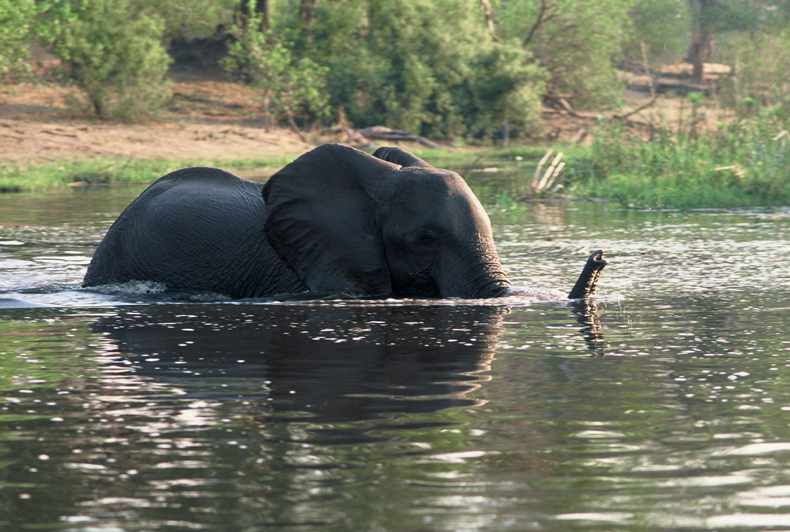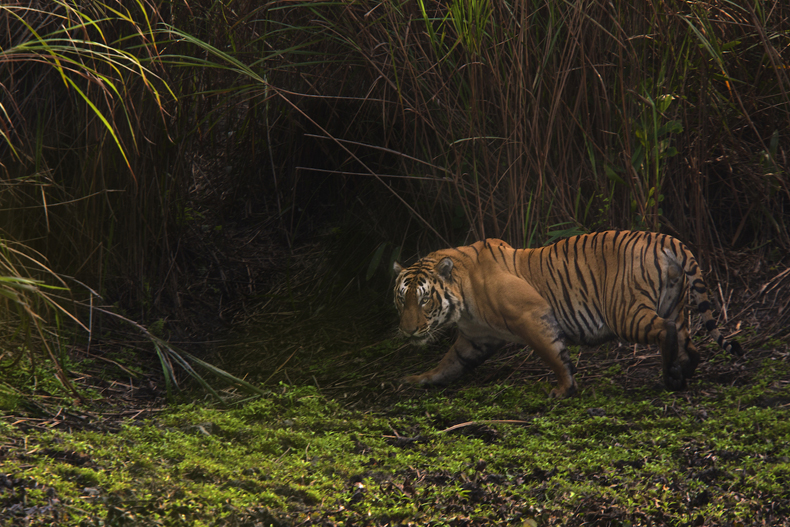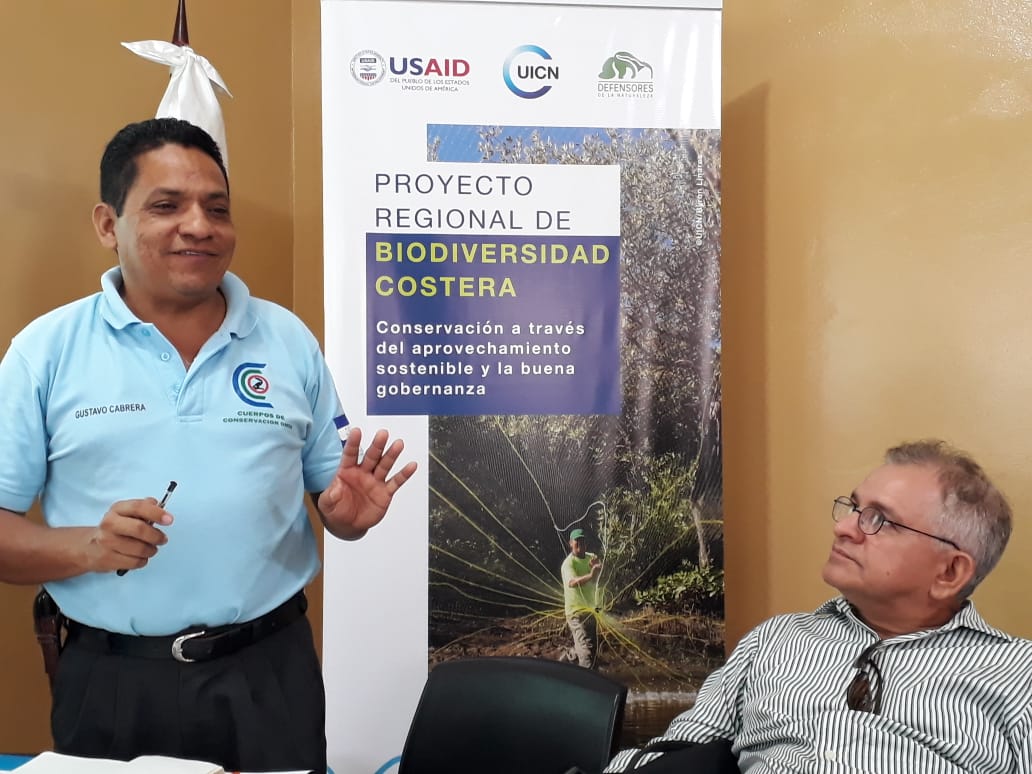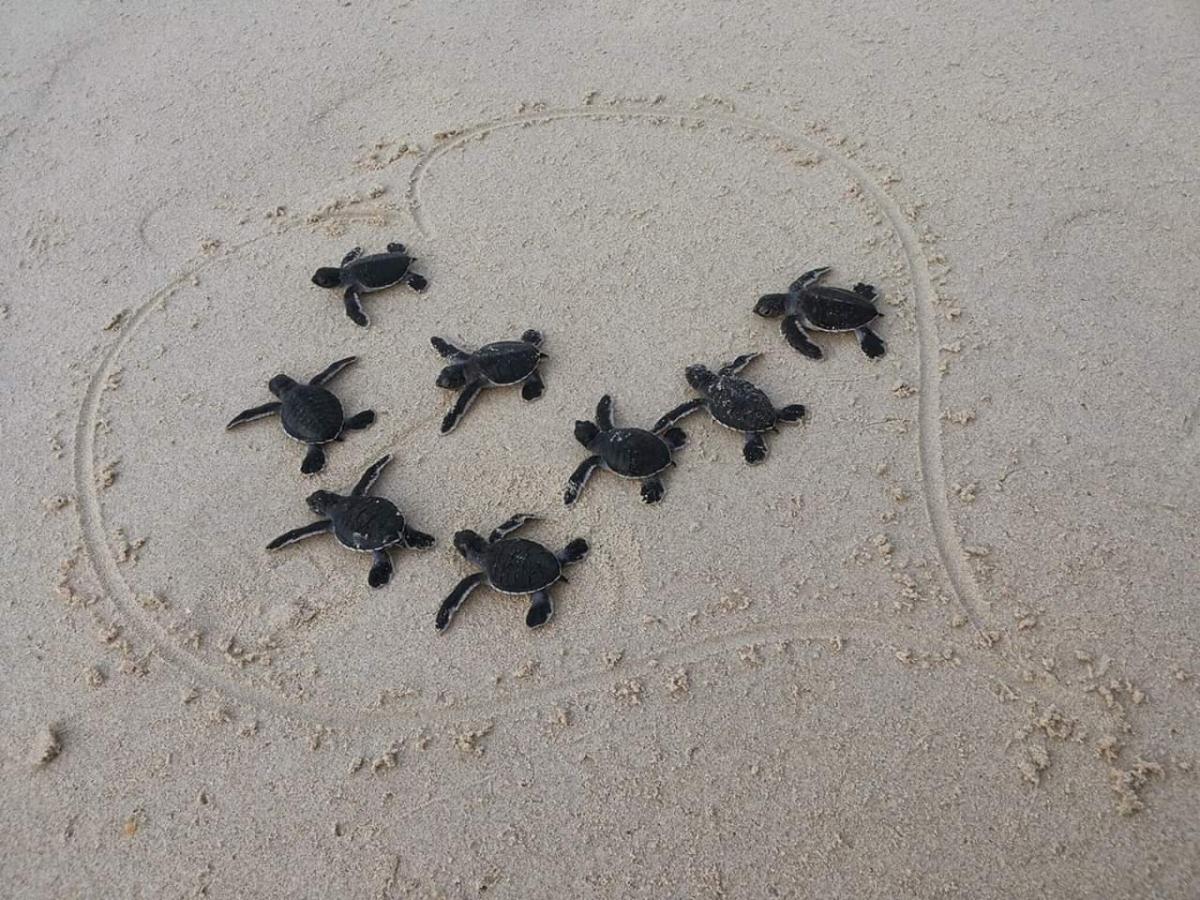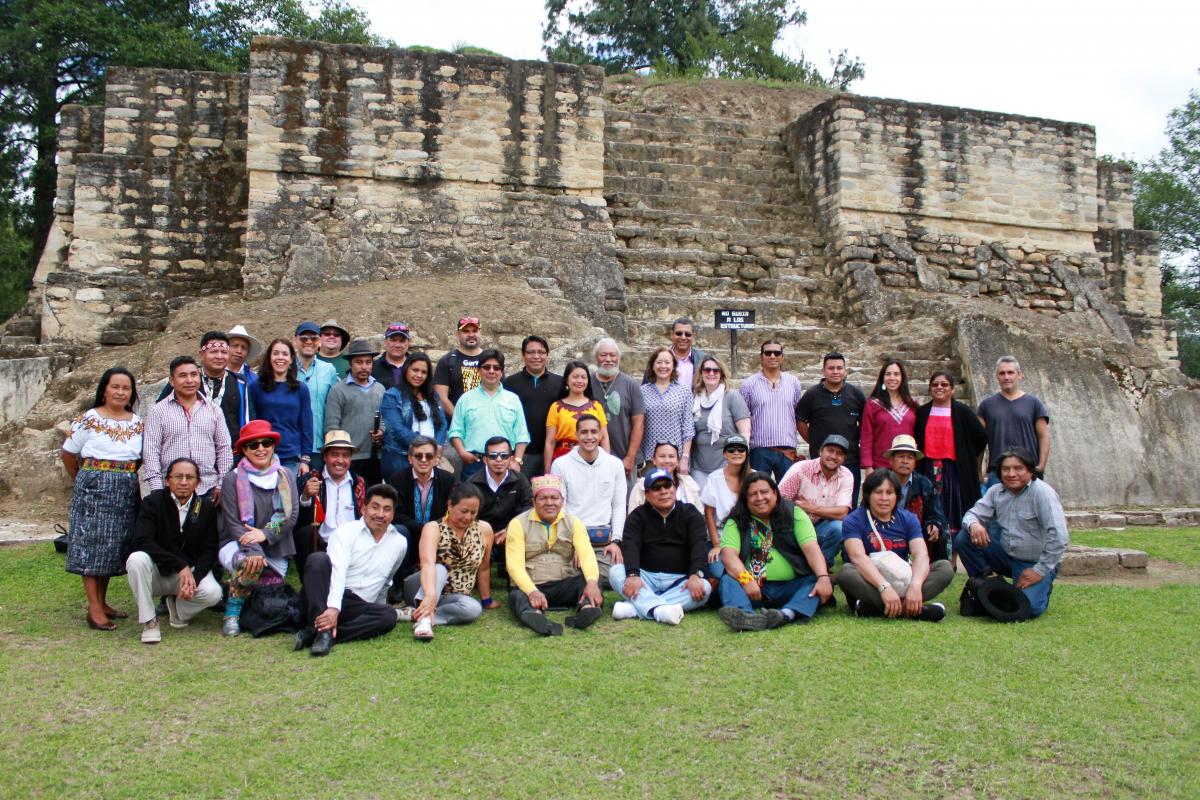IUCN Director General’s statement on World Wildlife Day 2016
We are wandering dangerously close to a precipice. Human activities are putting enormous and growing pressure on the planet, threatening the survival of many species through habitat destruction, the spread of invasive species, illegal wildlife trade, pollution and climate change.
Of the almost 80,000 species assessed on The IUCN Red List of Threatened SpeciesTM over 23,000 are threatened with extinction. This paints a disturbing picture for the future. Already today, 63% of cycads, 41% of amphibians, 25% of mammals and 13% of birds are threatened with extinction – imagine what our world would look like if these species were to disappear.
The theme of this year’s World Wildlife Day sums up the challenge we face: “The future of wildlife is in our hands.”
Wildlife is threatened because of the way we humans use the planet’s resources and run our economies. We overexploit wildlife for food, shelter, medicines, fuel and even vanity. So it is up to us to find solutions. Only increased protection of habitats, significant reductions in pollution and effective governance of the use of, and trade in, wildlife can avoid a possible collapse of our ecosystems.
To be sure, much action is already being taken; but it is still not enough. The scale of the problem is dramatic, and so must be the response.
This September, the IUCN World Conservation Congress will offer us the chance to start deciding how to implement last year’s historic UN agreements on the Sustainable Development Goals and climate change. By bringing together governments, scientists, civil society and business, the Congress is a unique opportunity to unite in taking informed action for wildlife.
The IUCN Congress will build on IUCN’s work with its members and partners to promote the conservation and sustainable use of, and trade in, wild species. This includes developing conservation action plans such as the recently released “Scaling up Pangolin Conservation.”
The fight against illegal wildlife trade is another area where IUCN plays a key role. For the past 60 years, IUCN has been working closely with CITES providing expert information on species affected by trade, including advancing understanding of the role local communities can play in tackling wildlife crime.
By developing mutually beneficial strategies for elephant conservation and improvement of human livelihoods, IUCN is working to help reduce conflict between humans and African elephants – a species World Wildlife Day highlights this year.
IUCN is also engaged in field-based projects addressing illegal trade, including SOS (Save Our Species) and the Integrated Tiger and Habitat Conservation Programme (ITHCP).
World Wildlife Day is a reminder to us all that no individual, organization or country alone can provide the solutions. Instead, it is a call to everyone. Local communities, business, governments and civil society, as well as individuals, all have a role to play. We must work together and we must do it now because once we have gone over the edge, the fall will be fatal.
